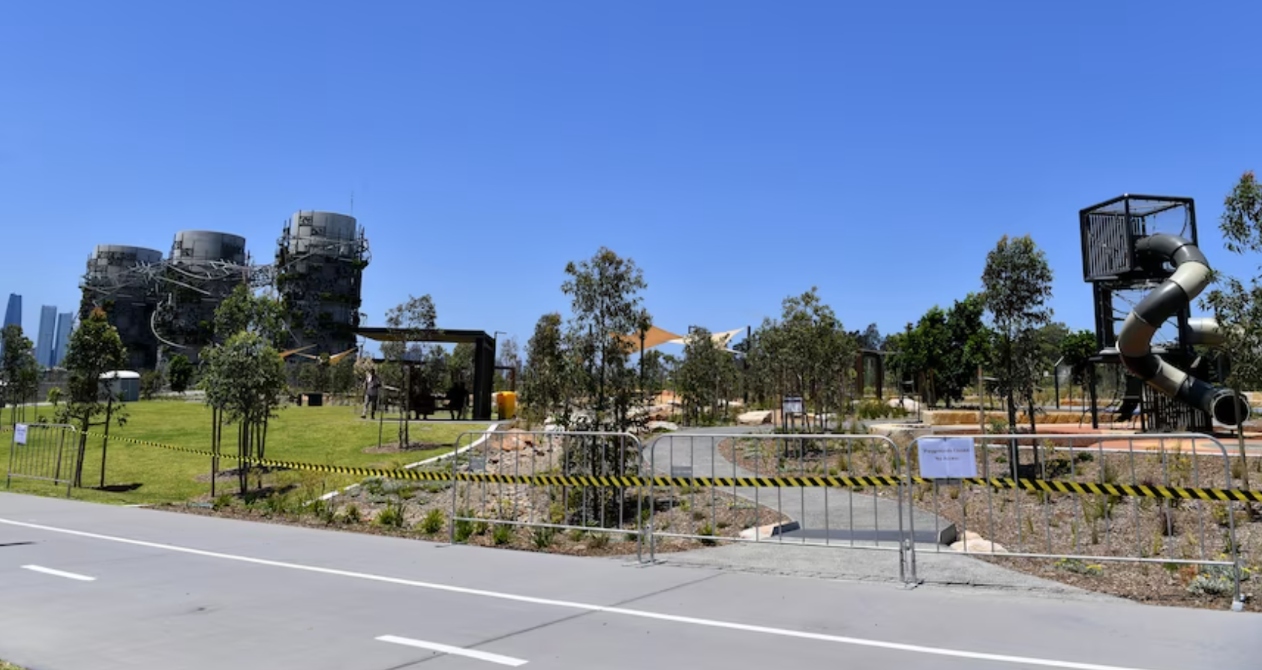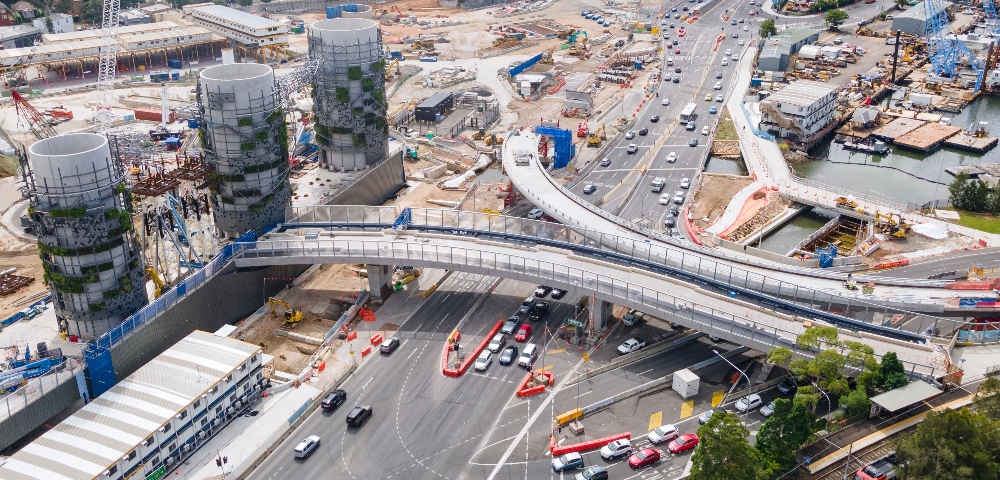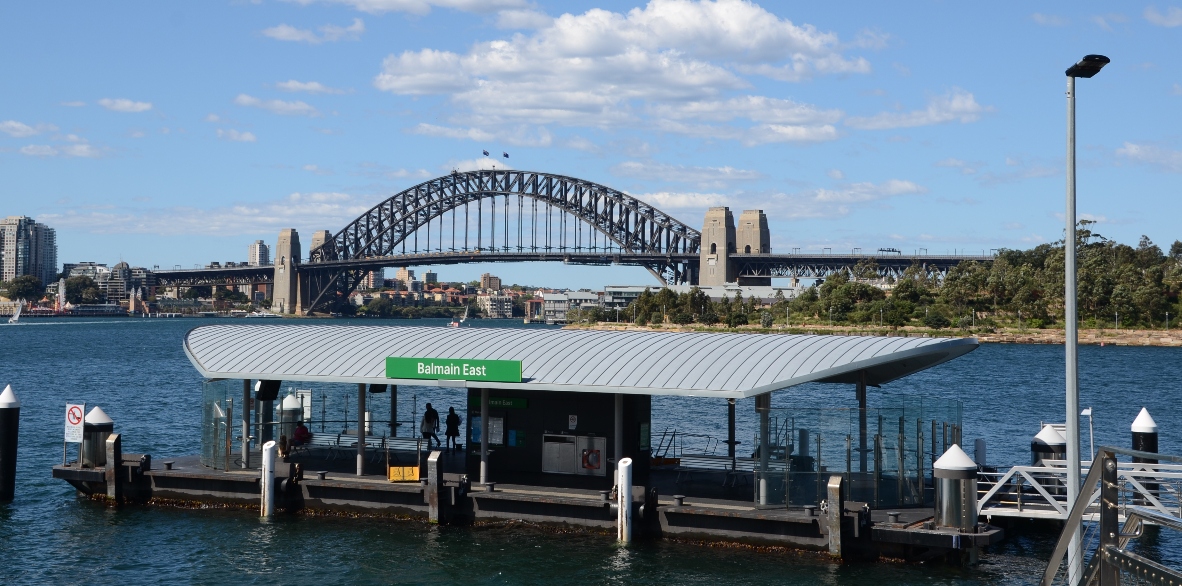
Standing up against getting run down
Last September, this paper reported on the hazards for pedestrians trying to cross Booth Street in Annandale (‘Traffic calming in Annandale provokes frustration’).
There remain a number of outstanding issues, including the road’s ever-increasing levels of through traffic, and the entirely inadequate solution of a busy and complicated roundabout with a pedestrian crossing only nine metres away. There are frequent near-misses as pedestrians dodge cars, their drivers too intent on racing through the roundabout first to notice and stop.
The previous article expressed the hope Leichhardt Council would move to make the crossing and roundabout safer before the almost-inevitable serious accident. Unfortunately, however, the current situation remains somewhat, ‘There but for the grace of God go us’. Although tragedy has fortunately not struck thus far, there have been close shaves which could easily have been much worse.
Early in May, a car hit a pedestrian on the crossing. The result was not nearly as bad as it might have been – a trip to hospital, plenty of bruises and bumps, and a week off work at a local supermarket (underlining the unfortunate’s familiarity with the crossing).
The silver lining of this accident is it has now galvanised Council into action. A councillor was at one of the popular local cafés on this busy Saturday afternoon and witnessed the incident. I arrived soon after and saw the victim being helped up and off the road, and then into the ambulance; the driver “did not see her”, I was told. The low afternoon sun directly down the road may have been a factor, but should be considered in the design. Moreover, it is by no means the only contributing factor – such near-misses happen at all hours.
A few months ago, Council put up high-visibility crossing signs, but the evidence suggests drivers who race through the roundabout fail to look up. The only visual cue for them seems to be the ‘annoyance’ of a person suddenly materialising on the zebra crossing.
Council completed a safety audit of the crossing, and since September, there has been much lobbying of Council by its Annandale Precinct committee. One of several suggestions is to raise the crossing to give extra notice to cars.
With the concept of a raised pedestrian crossing approved by the Local Traffic Committee [LTC] and Council in September, members of the Precinct Committee received good news from Mayor Jamie Parker on May 12 – it was to go ahead. A proposed design was approved by the June traffic committee, along with consultation by Council’s traffic department. All should now be ready for the work to start on the crossing on the first day of the financial year, or even earlier. Better lighting and illuminated signs are also to be investigated. The Mayor has directed priority attention – it is clearly something not to delay.
However, there remains a broader question here – the issue of the involvement and essential veto power of the Roads and Traffic Authority (and, in the case of a bus route, the State Transit Authority). The RTA contributes funds to Council for upgrade works on Booth Street – but the catch is that this regional road status stems from maintaining traffic volumes. The RTA is said to be wary of moves which would reduce traffic capacity, although we believe there to be sympathetic ears in this particular case. To paraphrase the classic bumper sticker – I’m a pedestrian and I vote.
Either way, community members are still pushing for other local traffic calming measures. Council’s Local Area Traffic Management plan includes roundabouts at the intersection of Trafalgar and Taylor Streets with Booth. The Taylor Street proposal may occur as part of the ‘Living Street’ program as a north-south link, helping calm the flow on Booth Street. A 40 km/h limit has also been mooted with a plan to seek a High Pedestrian Activity Area grant from the RTA.
So a lot good and bad has happened. Now the momentum is there residents look to council to deliver on its initiatives.
by Ian Cranwell









